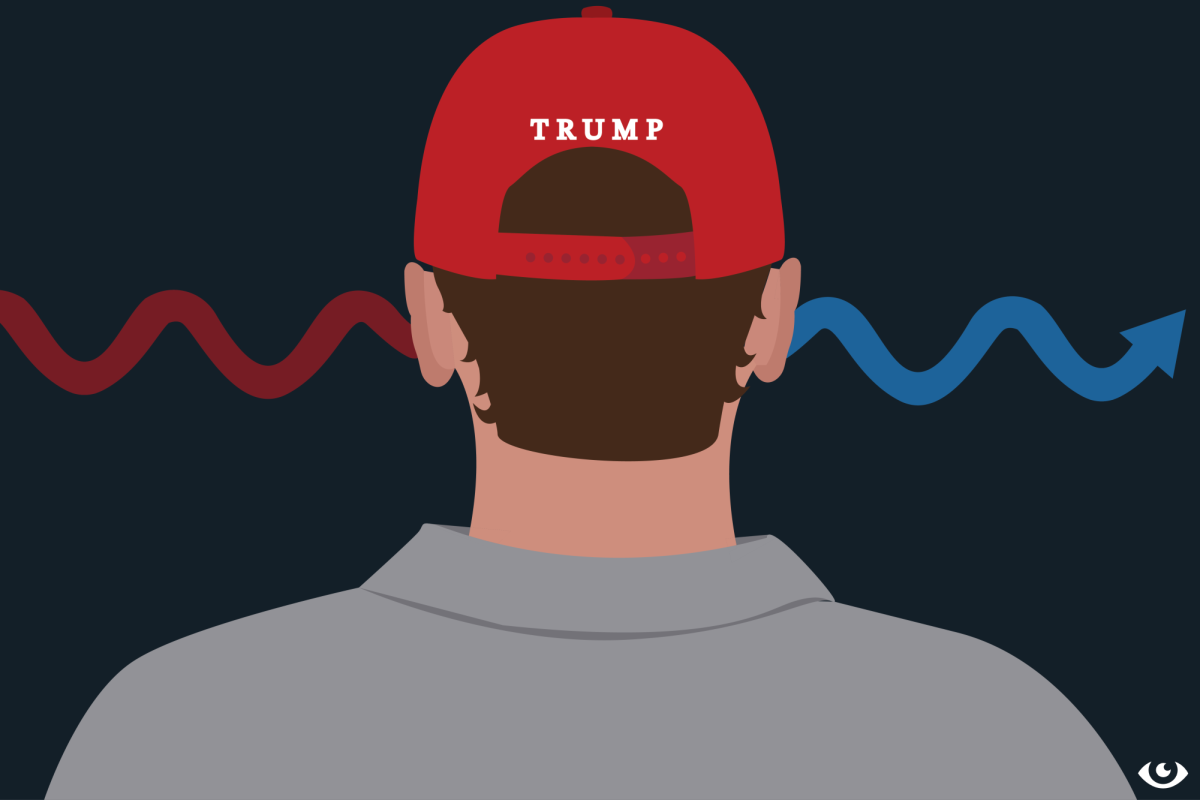The economist Thomas Sowell once said that there are no solutions, only trade-offs. Sometimes, battles are righteous and partisan; other times, there are no absolute winners. The latter is the case with House Bill 208, passed in the 2025 session by the Kentucky Legislature, a bipartisan ban on cellphones in public schools.
There are many reasons for this ban. Cellphones in classrooms inhibit engagement, stop socializing, make it harder for students to focus, facilitate cheating, worsen mental health, prevent teachers from connecting with their classes and cause a host of other problems.
JCPS, like all districts, is tasked with implementing the ban in a way that makes sense, and they already have a model of how to do it. Fern Creek High School banned cellphones for the 2024-2025 school year, and according to surveys at Fern Creek, 97% of teachers were satisfied with the prohibition. Beforehand, by far the most commonly cited classroom difficulty was holding students’ attention when phones were in the room.
But it is difficult to blame students for being distracted by technology. Cellphones have become an enormous part of teenagers’ lives. It is how we coordinate logistics, stay informed and converse over miles of real-world distance. But this comes with side-effects, mainly in people’s ability to focus; even having a phone in one’s pocket can be distracting, not to mention on a desk in front of them. Regardless, a bulk of data has shown improved performance in schools where phones are banned. Students should welcome this leg up in an ever more stressful and competitive academic world.
With all this said, Sowell’s saying still rings true. Phone bans will not be painless.
Parents like the comfort of being able to reach their child during the day, and vice versa. It’s easy to chalk this up to a supposed weak society whose people fear the mere idea of being disconnected, but that is unfair. Not only did the pandemic hinder many important years of parent-child separation, but at a moment when school shootings claim so many lives, it is understandable that parents would want to know that their child is safe.
Those needs can still be met with phones banned, though. School front offices have always been a place where students can communicate with parents if they feel sick or if they need to go home for any other reason. Moreover, during an actual emergency, cellphones can make parent’s anxiety worse and hinder EMTs and first responders. If they text their child and don’t get a response, anyone would naturally assume the worst possible scenario, when it’s much more likely that their child just can’t use their phone at that moment.
This taps into a deeper vein, one that this ban will challenge students to reckon with. We need to be okay with the fact that they will not always be connected to friends and family all the time. We need to be able to reclaim the ability to focus. We need to make sacrifices for our learning.
Other claims, like the idea that phones help students research in schools without money for devices, are also valid. But every shred of evidence shows that, by and large, students perform worse with cellphones than without, regardless of circumstances. Teenagers are better off following through with the measure and putting more money into underserved school districts.
Still, districts need to be careful in how they implement this ban.
There are also ways to give students more control over their phones during the day without ever using them. Fern Creek, for instance, uses Yondr pouches, small felt bags that are magnetically sealed and allow students to carry their device with them throughout the day. They can be deactivated with a handheld tool, and have been used for years to create a variety of phone-free spaces, including concerts.
Another demographic to consider are students with Individualized Education Plans or IEPs. There are cases, especially illnesses that need monitoring, when a student has to have their phone and the district is told by a doctor to let them keep their phone.
Banning cellphones in schools makes sense, and it is one of a vanishingly small number of issues that has not been swept up in our time’s polarized fervor. It is important to capitalize on this bipartisanship.
For HB 208 to work, JCPS must listen to experts and think deliberately about how a ban would be effective while balancing student’s and parent’s needs. For once, the Kentucky legislature and school districts seem up to that task.











